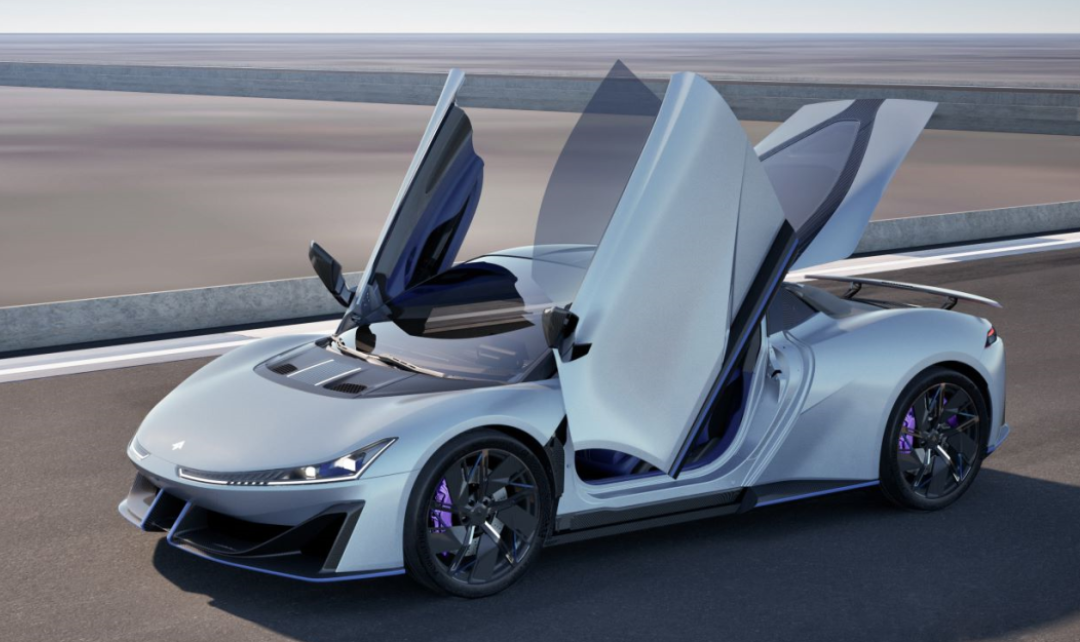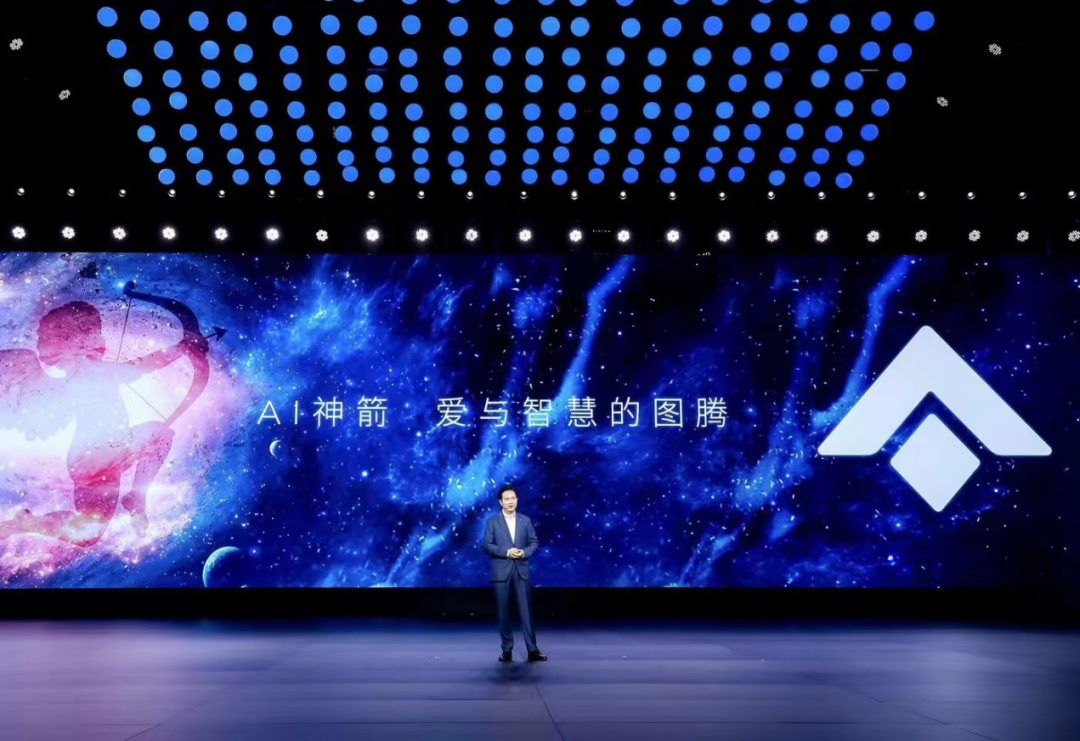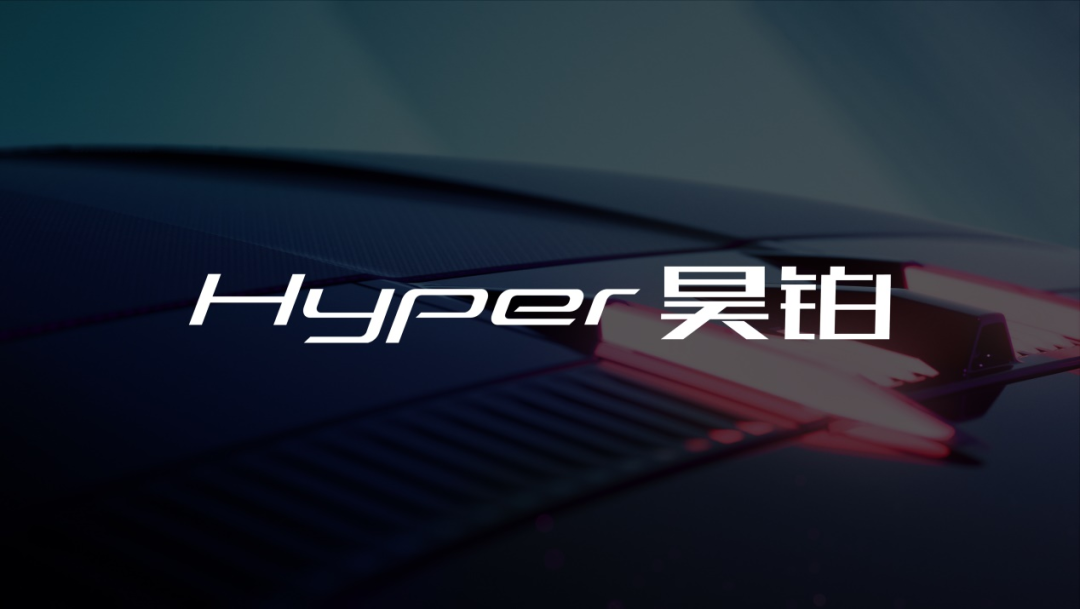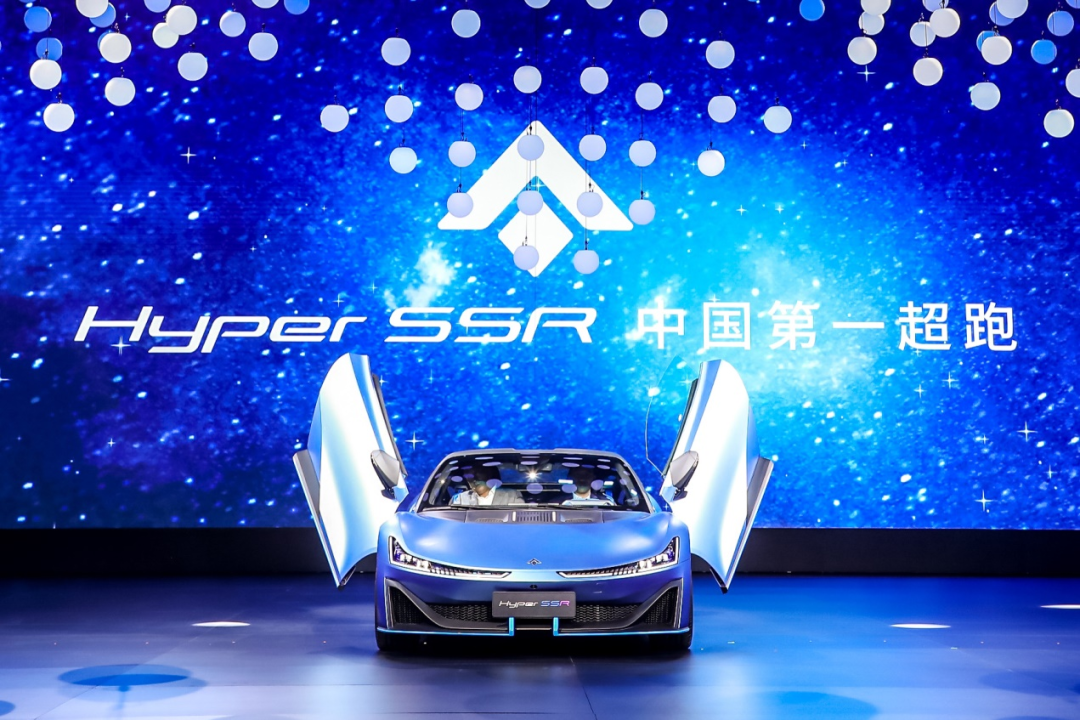The first Chinese Supercar is unveiled by GAC Aion
To many people’s surprise, the “first Chinese supercar” has suddenly emerged, and it is achieved by GAC Aion, which we never expected.
It is said that when mentioning a brand, the car model that comes to people’s minds first represents the core image of the brand. Previously, when it came to GAC Aion, the model that was most frequently associated with it should be the AION S, which costs about 150,000 yuan and has already reached the level of common cars on the streets of Guangdong. However, from now on, this role will be replaced by the “Hyper SSR” supercar, which is priced at 1.286 million yuan.
By the way, the more important information for ordinary consumers is that we can no longer say “GAC Aion” when referring to this car manufacturer in the future. It has a brand new logo and no longer shares the same logo as GAC Trumpchi. Its official name has finally become “Aion”.
First things first, let’s take a look at this supercar
For the press conference on the night of the 15th, many people expected only the brand renewal of GAC Aion, at most, the release of the updated main products and new positioning. Before this, there was very little information about Aion making a supercar. Even more surprising is that Aion brought the mass-produced version of this car directly to the market without any prior promotion.
What kind of car is this? The official title given to it is “the first Chinese supercar”, with a description that says “the rivals are all over 5 million yuan”.
In fact, if we only talk about supercars, NIO EP9 that was launched a few years ago is already qualified enough, and has proved its hard power on the Nurburgring Nordschleife. However, the model that promised to be mass-produced has not yet been truly realized, and Aion dares to claim the title of “the first Chinese supercar”, mainly because they are ready to put this car into mass production.
As for the statement that “the rivals are all over 5 million yuan”, it is a bit difficult to judge, but it is more solid than the idealized words “the best SUV under 5 million yuan” because it is difficult to give specific standards for “the best”. At least, Aion’s Hyper SSR has already given its core performance data as a supercar- 1.9 seconds to reach 100km/h.The maturity of electric vehicles has made us numb to the acceleration performance of supercars. The performance of breaking 100 km/h in 3 seconds has dropped to below 200,000 yuan, and the power of Tesla Model S Plaid, which breaks 100 km/h in 2 seconds, is not exciting. However, Hyper SSR achieves 1.9 seconds in breaking 100 km/h, coupled with its Chinese brand identity, which makes car enthusiasts feel a bit like when the J-20 debuted.
However, the statement “competitors are all above 5 million yuan” still deliberately avoids the competition in the pure electric field (such as Tesla’s second-generation Roadster that has not yet been put into mass production). The example mentioned by Aiways is Ferrari’s latest sports car, the SF90, which takes 2.5 seconds to break 100 km/h, and its selling price in the Chinese market is just around 5 million yuan.
Of course, looking at the 0-100 km/h performance from the standard of supercars is only the most concerned parameter, but it is not the key one in reality. The new MG model MULAN can achieve a 3.8-second time to break 100 km/h, which does not mean that its sports performance can match that of a sports car. Whether Hyper SSR, which breaks 100 km/h in 1.9 seconds, can be counted as a supercar still needs to be examined in other aspects of its performance.
If you want to prove yourself, running a lap in the Nurburgring with Hyper SSR is a must. So far, we have only known the official information, such as the dedicated specially designed tire with a low heat generation rate and a low expansion ratio used to achieve the 1.9-second acceleration.
The ultra-high performance comes from Aiways’ original two-speed four-in-one high-performance motor, which achieves instant high power through gear shifting, solving the contradiction between volume and weight solely relying on stacked electric motors.
The peak torque on the wheel reaches up to 12000 N·m, with a comprehensive horsepower of 1225 horsepower, which exceeds the F1 standard by 1.5 times, and can achieve a pushing back feeling of 1.7 g.
In terms of weight reduction, it uses 100% carbon fiber coverings and has braking system that uses long fiber carbon-ceramic brake discs derived from the aerospace industry…
Aiways’ official information covers all aspects of performance required for supercars. Although it cannot be verified at present, it can be seen from the aforementioned emphasized information that Hyper SSR is not merely a showy car that is only good at straight-line acceleration.Actually, the NIO EP9 has proven that in the era of electric vehicles, it is not the most difficult to produce a supercar, if cost is not considered. The real challenge is how to put it into mass production once it has true supercar-level performance.
Can Hyper SSR be produced in October 2023?
Here’s a not-so-obscure piece of knowledge in the racing world: racing cars are generally divided into three levels: sport car, supercar, and hypercar. The Ferrari and Lamborghini cars we occasionally see on the road are considered supercars, while hypercars are a higher level, rarely seen on public roads, and only a few brands such as Bugatti, Koenigsegg, and Pagani can truly claim to have produced hypercars.
The self-proclaimed “China’s first supercar” Hyper SSR, with its name incorporating the term “Hyper” and a Chinese name that is a phonetic translation of “Haobo”, boasts an impressive 1.9 seconds acceleration performance that meets the standard of a hypercar. However, this car is still considered to be at the level of a supercar, as a true hypercar takes into consideration not just its 0-100 km/h performance, but also its performance from 0-200 km/h, 300 km/h, or even 400 km/h, as well as its final speed limit – something that electric supercars are not particularly good at.
But this is not necessarily a problem, as true hypercars have a price tag of tens of millions of yuan, and the limited number of them cannot be considered “mass-produced”. Hyper SSR’s performance is already strong enough, and what we should focus on is whether it can achieve reasonable profit margins at a selling price of CNY 1.286-1.686 million, which will determine whether it can truly be delivered to consumers.
With its extremely low stance, towering scissor doors, muscular rear wing, and a rear trunk that opens in a unique way, the Hyper SSR is already very impressive in terms of its cool factor. However, in terms of design, this car is not the ultimate from a supercar perspective.

 As shown in the table above, the length of Hyper SSR’s body is less than 4.6 meters, which is equivalent to the same million-level sports car Polestar 1, but in terms of body height, Hyper SSR is much lower than Polestar 1. However, compared with Ferrari SF90, which is only 1191mm high, Hyper SSR’s body of more than 1.2 meters is still significantly higher. As for the pure electric supercar NIO EP9, its height is as low as 1146mm, so visually speaking, EP9 is more in line with the style of a supercar compared to Hyper SSR.
As shown in the table above, the length of Hyper SSR’s body is less than 4.6 meters, which is equivalent to the same million-level sports car Polestar 1, but in terms of body height, Hyper SSR is much lower than Polestar 1. However, compared with Ferrari SF90, which is only 1191mm high, Hyper SSR’s body of more than 1.2 meters is still significantly higher. As for the pure electric supercar NIO EP9, its height is as low as 1146mm, so visually speaking, EP9 is more in line with the style of a supercar compared to Hyper SSR.
In contrast to its exterior, the interior of Hyper SSR exudes more of a sense of “intimacy”. The entire center console adopts a layout that we are very familiar with, and even with a unique-looking steering wheel, the overall cockpit atmosphere is easier to get used to than traditional supercars.
Comparatively, the cabin of the NIO EP9 appears much more exotic. However, the NIO EP9 was never intended for mass production, and its exaggerated design ultimately became an impediment to its production. For such an extreme supercar, NIO never had any intention of truly bringing it to market.
In contrast, Hyper SSR has announced a dedicated production line and plans to launch in October next year. What we see now is already a mature production state in all respects, and this “China’s first supercar” is indeed worth looking forward to for interested billionaires.
However, for ordinary consumers like us, the rebranding of Aion’s brand is clearly more worth paying attention to.
After the rebranding, Aion is not just a new logo.
Aion’s new logo, which everyone should have seen by now, features a design based on the shape of the letters “AI” in AION, forming an upward arrow that the company refers to as the “AI Divine Arrow”. The significance behind it is quite rich, as described by the company:
「The AI smart arrow is shaped like an upward arrow, symbolizing that it can accompany you to soar up, step into the sky, make rapid progress in learning, and make a flying start in your career; the AI smart arrow is also like the clear eyes that traverse through time and space, accompanying you to always see the future; the AI smart arrow is also like the freehand landscape that accompanies you to run towards the poetic and distant romanticism…」.
In addition to changing the new logo, one of the key points of the new Ayen brand is that it finally removed the prefix “Guangqi”. In fact, two years ago, regardless of sales scale or independent sales channels, Ayen brand has already had the conditions for further independence. Now, taking this step formally is also taking a more stable pace.
At present, among independent brands, BYD is the leader in sales of new energy vehicles in China, and Wuling ranks second by relying on the explosion of the Hongguang Mini EV, and Guangqi Aiyin ranks third. In terms of sales scale, new car forces such as WmAuto exist a large gap with Guangqi Aiyin.
However, the more crucial point is that although Wuling, Changan, and Chery’s new energy brands have reached the same level of sales as Aiyin, their main-selling models are low-priced electric small cars below 100,000 yuan, while Aiyin’s best-selling models such as the AION S and AION Y are at around 150,000 yuan, and there are also mid-to-high-end models of over 200,000 yuan.
Currently, the average selling price of Aiyin’s models has reached 180,000 yuan, which has exceeded first-line joint venture brands such as Volkswagen and Toyota. If the average selling price is taken into consideration, Aiyin will only face the fully transformed BYD among domestic independent brands.
To achieve this, the Aiyin brand has further breakthroughs and mature conditions. The appearance of Hyper SSR is a charge towards the high-end market of the new Ayen.

Of course, supercar will not be the core area where Aiyin is moving upward. It has set Hyper as a high-end series, and the next focus of its efforts will be on high-end models priced above 300,000 yuan. It is already known that Aiyin will launch three models of the Hyper series priced at 300,000 yuan next year, and Aiyin has made it clear that Hyper will not produce products below 300,000 yuan.## Summary

By introducing the Haobo series, Aiways is directly entering the high-end market of luxurious new energy vehicle brands such as Li Xiang and NIO. Compared with these emerging new forces, Aiways has already accumulated a solid market foundation in the mid-to-low-end market. Now, with Hyper SSR as a leading supercar model, it will bring significant impact to the increasingly competitive luxury new energy vehicle market.
At the Aiways press conference, the slogan “If there is a road, there is an Aiways car” unexpectedly appeared, taking inspiration from Toyota’s slogan. This is not a rude imitation of Toyota, but Aiways expressing its ambition to conquer the new energy vehicle market in the most straightforward way.
Compared with the Hyper SSR supercar, it is this statement that new energy vehicle companies should pay more attention to, because based on Aiways’ current performance, it is a statement made with confidence and strength.
This article is a translation by ChatGPT of a Chinese report from 42HOW. If you have any questions about it, please email bd@42how.com.
